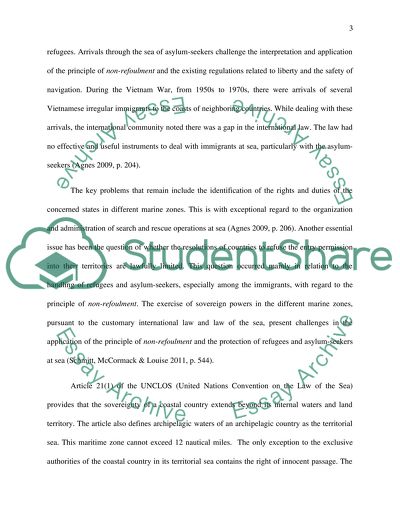Cite this document
(“TThe Principle of Non-Rrefoulement at SEA and the Effectiveness of Essay”, n.d.)
TThe Principle of Non-Rrefoulement at SEA and the Effectiveness of Essay. Retrieved from https://studentshare.org/law/1447062-assess-the-principle-of-non-refoulement-at-sea-and
TThe Principle of Non-Rrefoulement at SEA and the Effectiveness of Essay. Retrieved from https://studentshare.org/law/1447062-assess-the-principle-of-non-refoulement-at-sea-and
(TThe Principle of Non-Rrefoulement at SEA and the Effectiveness of Essay)
TThe Principle of Non-Rrefoulement at SEA and the Effectiveness of Essay. https://studentshare.org/law/1447062-assess-the-principle-of-non-refoulement-at-sea-and.
TThe Principle of Non-Rrefoulement at SEA and the Effectiveness of Essay. https://studentshare.org/law/1447062-assess-the-principle-of-non-refoulement-at-sea-and.
“TThe Principle of Non-Rrefoulement at SEA and the Effectiveness of Essay”, n.d. https://studentshare.org/law/1447062-assess-the-principle-of-non-refoulement-at-sea-and.


